This week is Computer Science Education Week. During the week, students around the world will be taking part in an “Hour of Code” and learning a little about programming computers. This year, there will be more than 200,000 events in over 180 countries.
Programming a computer means writing the code (instructions) that tells the computer what to do. This is often called coding. Users don’t see it, but coding is behind everything you see when you use a computer, tablet, or phone. From web pages to games to apps to robots, coding is everywhere.
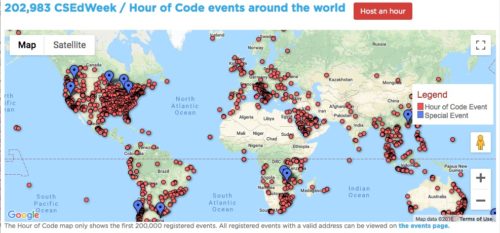
(Source: Screenshot CSEdWeek.org .)
The U.S. Congress first created Computer Science Education Week in 2009 to remember Grace Hopper, one of the women who played an important part in the early days of computers.
Hadi Partovi came up with the idea of the Hour of Code. He and his brother own part of several computer businesses. He knew that many computer businesses in the US were looking for workers, but having a hard time finding well-trained people. This problem could get worse. The US government says there could be as many as 1 million computer jobs that can’t be filled by 2020.

(Source: hourofcode.com.)
Mr. Partovi thinks coding is an important skill and that it’s important for schools to teach computer science. He started the Hour of Code in 2013 because he was worried that computer science was not a big part of what schools taught in most states.
To spread his idea, he got the help of many famous people. Some were famous for working with computers, like Bill Gates. Others were famous in other areas. Mr. Partovi got a lot of money for his idea from big companies like Facebook, Google, and Microsoft.
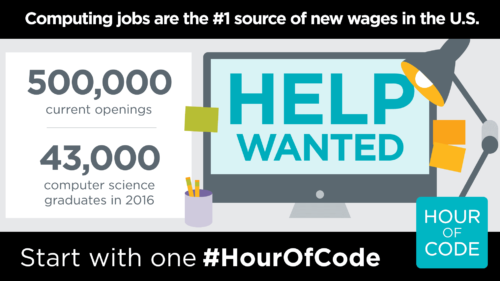
(Source: hourofcode.com.)
Students who take part in the Hour of Code complete a short coding challenge that is broken down into small, simple steps. The challenge is supposed to take about an hour in all. In real life, most coders work by typing in long programs. But students doing the Hour of Code usually just drag blocks around on the screen.
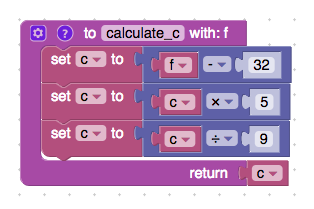
(Source: Dave Braunschweig, from Wikimedia Commons.)
To raise the interest of students, the challenges are often tied in with popular movies or games. For example, challenges have been built around Angry Birds, MineCraft, Frozen, and Star Wars.
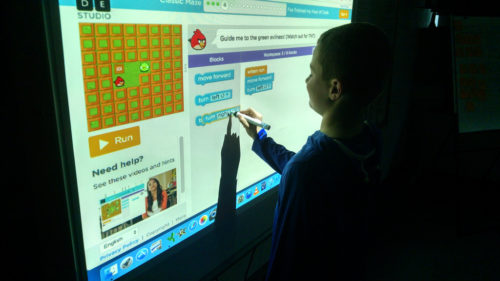
(Source: Kevin Hodgson, via Flickr.com.)
Some people complain about the Hour of Code’s connections with companies, games, and movies. They say that it’s like making kids watch an hour-long ad. The makers of the new Grinch movie might have thought about that when they created a coding challenge this year.
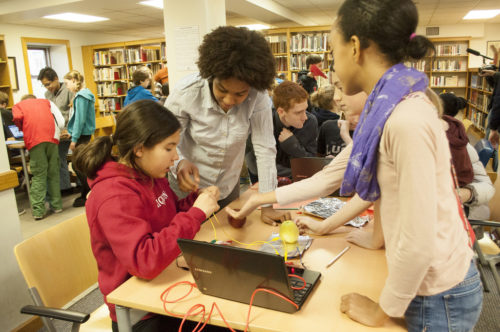
(Source: Friends’ Central School, via Flickr.com.)
The idea behind the Hour of Code is not that all students will learn to program computers. Mr. Partovi just wants students and teachers to get a taste of what it’s like to code. If they like it, he thinks they might keep going and learn more. So one test of the program’s success is whether students keep going once the time is up. It turns out that many of them do. Last year, teachers reported that 92% of their students coded for more than an hour.
Partly because of the Hour of Code, there are now many websites that can help you learn to code. If you would like to try coding with blocks, Blockly Games has coding challenges on several levels to help you learn without distractions.
